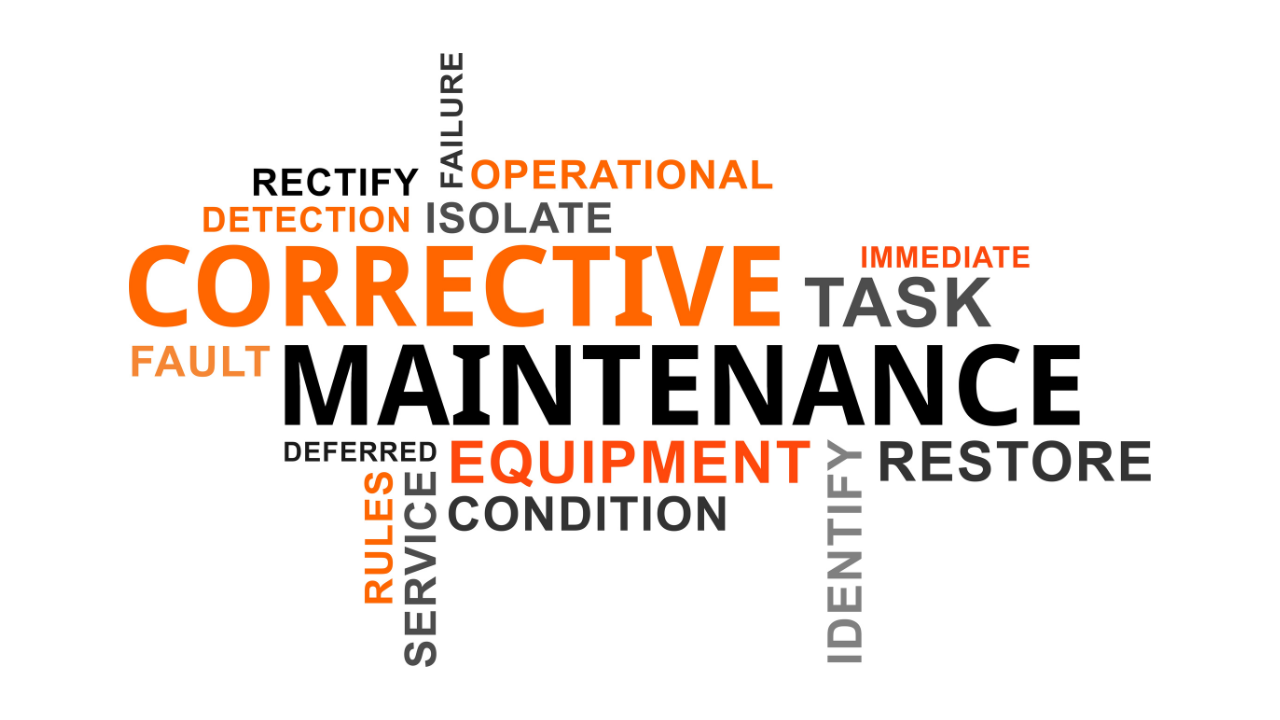Centrifugal Pump Troubleshooting
www.mcnallyinstitute.com
You have four opportunities to trouble shoot centrifugal pumps and each opportunity can offer you a clue as to what is wrong with the pump. Let’s take a look at each of these conditions and learn tips for centrifugal pump troubleshooting.
The pump is hooked up to the piping and it is running :
- You can observe leakage from the stuffing box or some other area. This would include gaskets, bearing seals and cracks or holes in the piping.
- You can hear an abnormal noise. You can probably “pin point” the source if you try.
- There is evidence of excessive heat in one or more of the components.
- You can detect excessive vibration either from the use of instruments or one of your senses
- You can check if stuffing box environmental controls are hooked up properly, and in many cases tell if they are functioning correctly.
- You can check the position of control and isolation valves throughout the system. This is especially important to check while the pump is running.
- If there are meters available you can check :
- Flow
- Pressure
- Power consumption
- Temperature
- Speed
- You can estimate if the foundation is too weak. It should be five times the mass of the hardware sitting on it.
The pump is still hooked up to the piping, but it is not running. You will be present during the removal process :
- You can check alignment between the pump and driver.
- During the removal process you can check for excessive pipe strain.
- You can check if the piping has been installed according to good engineering practices. This is a major factor in many cavitation problems.
The pump has been taken into the workshop, but has not yet been disassembled and you will be present at the disassembly.
- You can check the seal installation dimension.
- You can feel if there is restricted movement of any of the rotating parts.
- You can see if there is any loose hardware in the assembly
The pump has been disassembled. You were not present, but the parts are available for your inspection.
- You can see evidence of wear, rubbing or discoloration of the components.
- You can see evidence of corrosion.
- You can see if any parts are missing.
- You can see if any material or coating has attached its self to one of the components. As an example, calcium can build up on the inside of pipes and restrict flow, or magnetite (Fe304) build up on the seal components.
In this paper we will address the last condition. The pump has been disassembled. You were not present, but the parts are available for your inspection.
When a rotating part such as a shaft seal, impeller, etc. comes in contact with a stationary part such as the inside of the stuffing box, a wear ring, stationary bushing etc., there will be evidence of this contact in the form of rubbing, wear, discoloration or damage to one or both of the components. There are four possibilities that we will be able to see :
- A rubbing mark, or evidence of wear all around the rotating part and one place on the stationary part.
- All around the stationary part and one place on the rotating part.
- Evidence of rubbing or wear all around both the rotating and stationary parts.
- One mark on both the rotating and stationary component.
The cause could be the result of a problem in design, operation or maintenance. I will attempt to isolate these three areas as we look into the problems.
All around the rotating part, one spot on the stationary part.
- Design Problems:
- The pump is pulley driven and the shaft L3/D4 is too high.
- Maintenance Problems:
- The pump and driver are not aligned properly
- The shaft is not centered in the stuffing box.
- A gasket or fitting is protruding in, and touching the rotating part.
- Excessive pipe strain. This is a common problem when a Centerline Design is not specified for applications over 200 F (100 C)
- Operation problems:
- A major cause of this problem is the fact that the pump is operating too far from its best efficiency point (B.E.P.) and the shaft is not large enough to resist the bending.
All around the stationary, one spot on the rotary.
- Design Problems
- You have converted the pump to a mechanical seal. The unit was originally designed for the packing to act as a bearing and stabilize the shaft. This is a very big problem with mixers and agitators
- Maintenance Problems
- The rotating assembly is out of balance.
- Normal wear
- Damage
- Corrosion of the impeller
- Foreign material attached
- The impeller was trimmed and not re balanced.
- The seal, sleeve, or impeller is not concentric with the shaft.
- The unit never was balanced.
- The shaft is bent.
- Excessive heat or force was used during sleeve, seal, or bearing removal.
- The rotating unit is dragging something around with it.
All around both the rotating and stationary units. This problem could be caused by a combination ofthe first and second examples or:
- Design Problems:
- High temperature application. The shaft is expanding and a restriction bushing is growing in towards the shaft/sleeve.
- The pump is operating at a critical speed. This can happen with variable speed motors.
- Operation Problems:
- The pump is cavitating
- Maintenance Problems
- Bad bearings.
- The oil is contaminated with water, product, dirt, rust, casting leaching, etc..
- Incorrect oil level.
- Poor fit because of shaft tolerances or the installation technique.
- Excessive load due to a variety of reasons.
- Oil temperature too high. Be sure to cool the oil not the bearings. Cooling the housing will cause it to shrink and thereby increase the squeeze on the bearing.
One mark on both the rotating and stationary component.
- I have only seen this one time and that was when the pump fell off the back of a pick up truck.
Related Articles

Keys for Effective Troubleshooting

Corrective Maintenance Task Generation

Availability in a Supply Constrained Environment is the #1 Issue for Refinery Executives

Weibull Point Process Applied to Repairable Subsystems

Energy Savings Through Pump Refurbishment and Coatings




